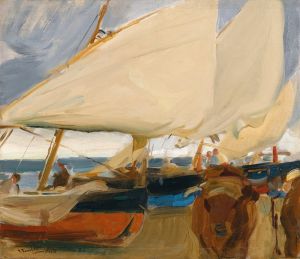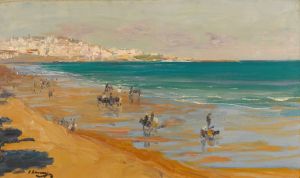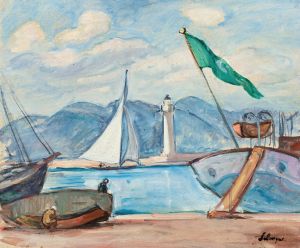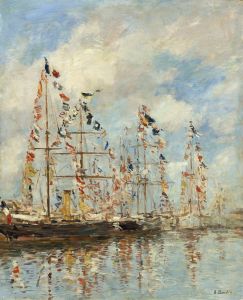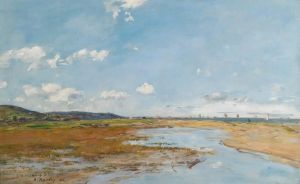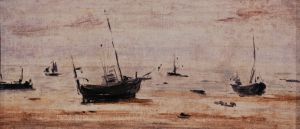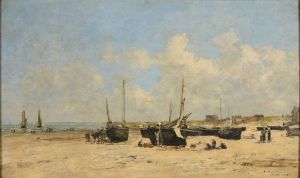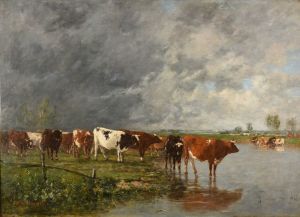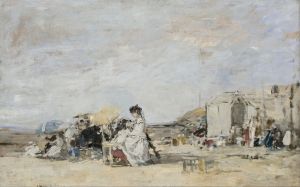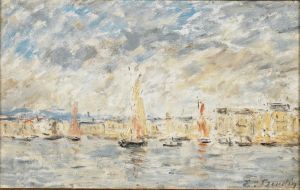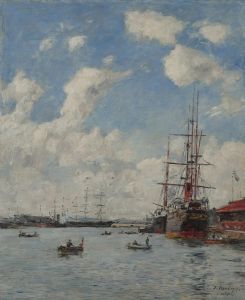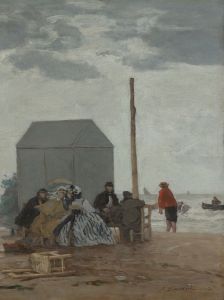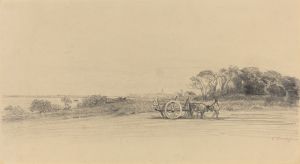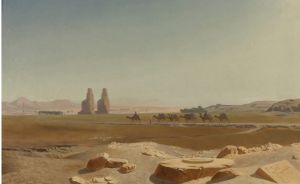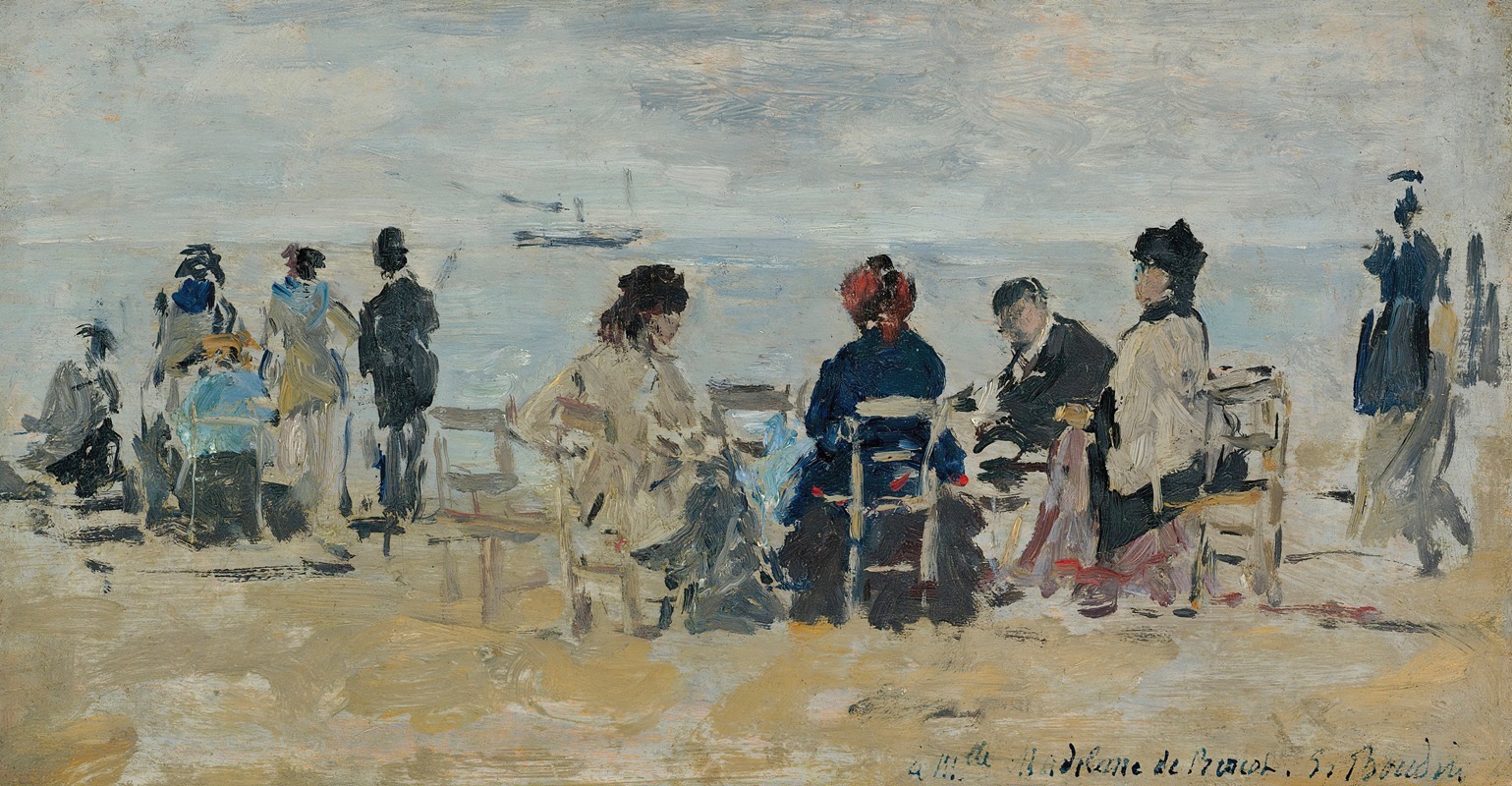
Scène De Plage
A hand-painted replica of Eugène Boudin’s masterpiece Scène De Plage, meticulously crafted by professional artists to capture the true essence of the original. Each piece is created with museum-quality canvas and rare mineral pigments, carefully painted by experienced artists with delicate brushstrokes and rich, layered colors to perfectly recreate the texture of the original artwork. Unlike machine-printed reproductions, this hand-painted version brings the painting to life, infused with the artist’s emotions and skill in every stroke. Whether for personal collection or home decoration, it instantly elevates the artistic atmosphere of any space.
Eugène Boudin, a French painter renowned for his contributions to landscape and marine art, created the painting Scène de Plage (Beach Scene). Boudin, born in 1824 in Honfleur, Normandy, is often celebrated as one of the precursors of Impressionism due to his innovative approach to capturing light and atmosphere. His works frequently depict coastal scenes, reflecting his deep connection to the sea and the landscapes of northern France.
Scène de Plage is a characteristic example of Boudin's beach scenes, which often portray groups of people enjoying leisure time by the seaside. These works are notable for their naturalistic depiction of figures and their surroundings, as well as their attention to the interplay of light, sky, and water. Boudin was particularly skilled at rendering the effects of changing weather and the transient qualities of light, which became a hallmark of his style.
The painting likely features elements typical of Boudin's beach scenes, such as elegantly dressed figures, parasols, and the expansive skies for which he is well known. His works often reflect the growing popularity of seaside resorts in 19th-century France, a trend driven by the rise of leisure travel among the bourgeoisie. Boudin's ability to capture the social atmosphere of these settings, combined with his mastery of plein air painting, earned him recognition among his contemporaries.
Boudin's dedication to painting en plein air (outdoors) allowed him to observe and record the nuances of natural light and weather conditions directly. This approach influenced many younger artists, including Claude Monet, who regarded Boudin as a mentor. Monet once referred to Boudin as having taught him to see and appreciate the beauty of nature.
While specific details about Scène de Plage—such as its exact date of creation, dimensions, or current location—are not provided here, the painting aligns with Boudin's broader body of work, which often explored themes of leisure, nature, and the ephemeral qualities of light and atmosphere. His beach scenes, including this one, remain celebrated for their charm, elegance, and technical skill.
Eugène Boudin passed away in 1898, but his legacy endures as a pivotal figure in the transition from traditional landscape painting to the innovations of Impressionism. His works, including Scène de Plage, continue to be admired for their ability to capture the beauty and vitality of coastal life.





